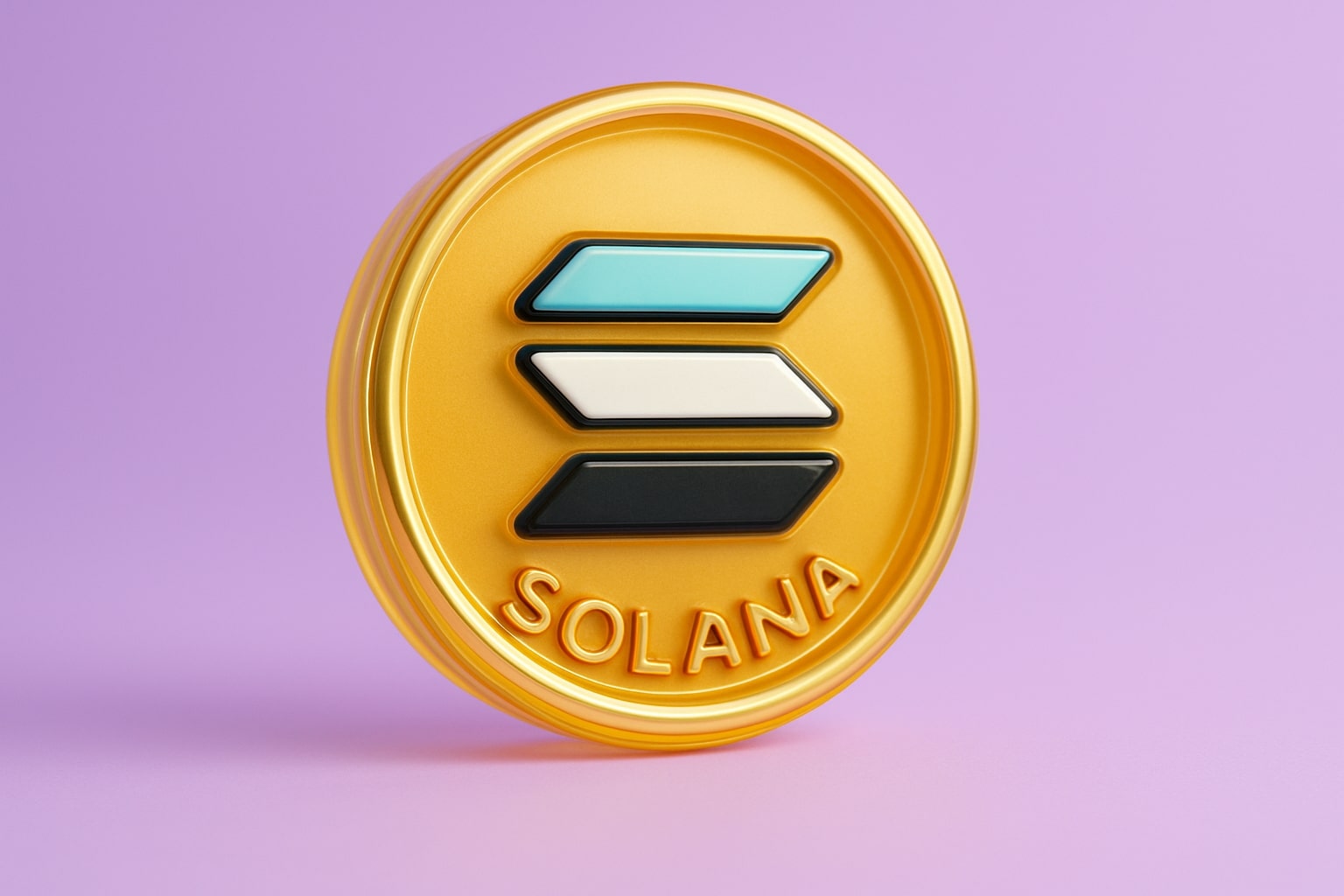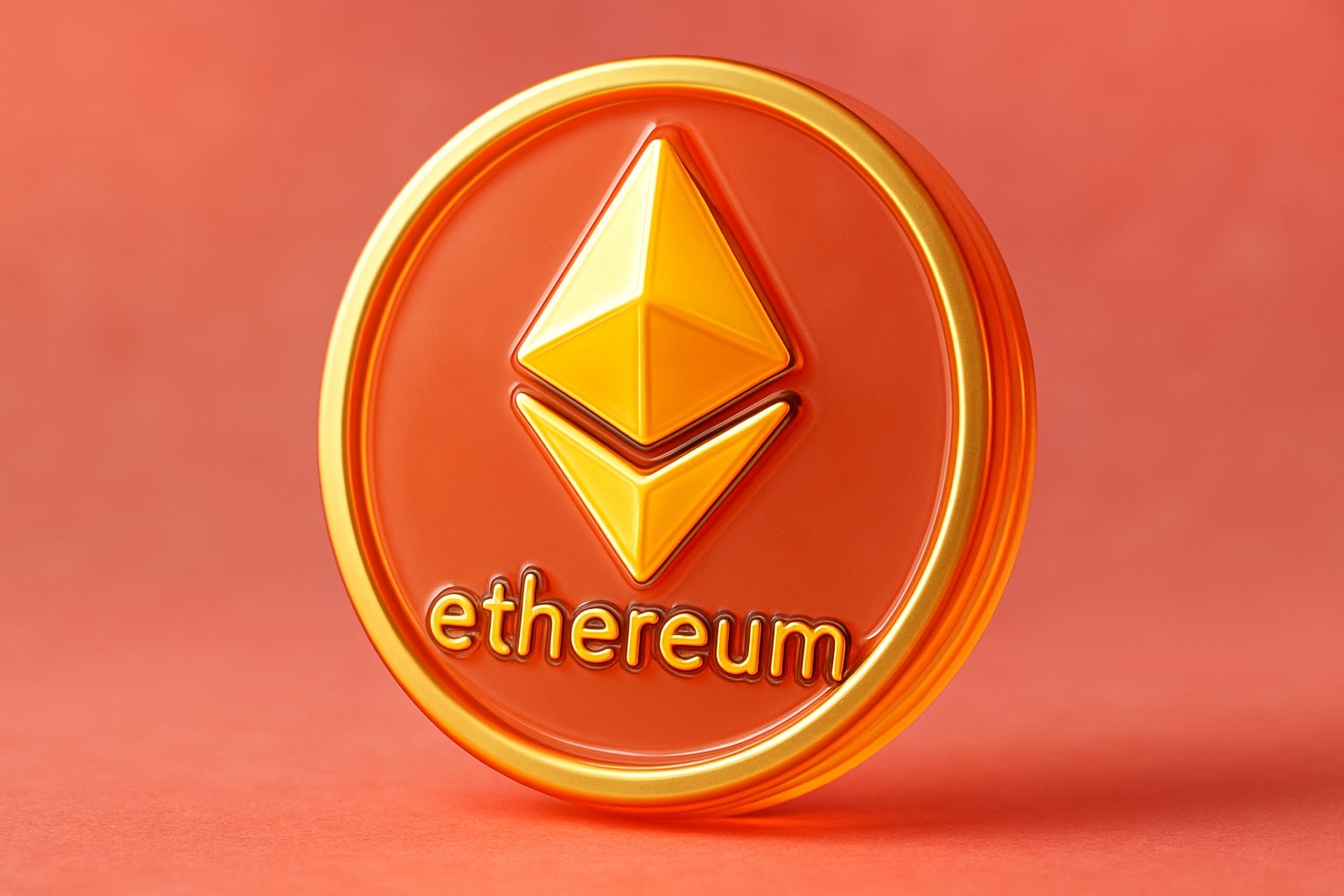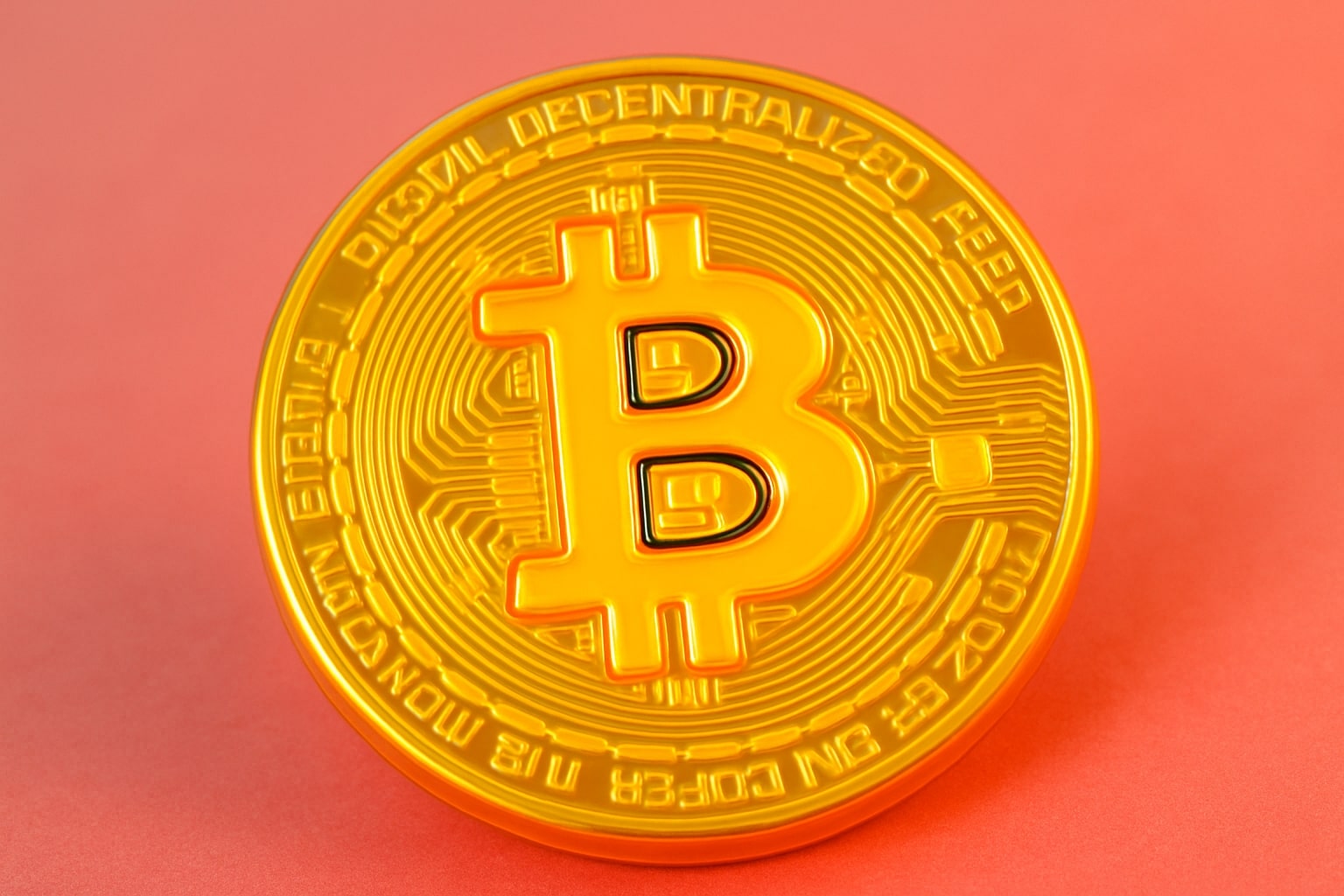SOLANA (SOL-USD) HOLDS ABOVE $208 AS ETF DOUBTS CLASH WITH NETWORK UPGRADES AND $1,000 TARGET SPECULATION
Solana (SOL-USD) remains under intense spotlight this week as traders wrestle with competing forces — the excitement around the Alpenglow upgrade, which cuts block times from 12 seconds to just 150 milliseconds, and renewed caution following JPMorgan’s projection that a Solana ETF may attract only $1.5 billion in inflows during its first year. SOL currently trades near $208.78, down 4.7% in 24 hours and 9.4% over the week, but still up more than 21% year-to-date. Despite the latest retreat, the token remains a core layer-1 holding in institutional portfolios, commanding a $120.1 billion market cap, ranking it as the sixth-largest cryptocurrency globally.
ETF OPTIMISM FADES AS ON-CHAIN DATA WEAKENS, BUT REAL REVENUE TELLS A STRONGER STORY
JPMorgan’s restrained ETF forecast injected skepticism into a market that had priced in an aggressive wave of institutional flows. Yet fundamentals reveal a more nuanced picture. According to 21Shares’ latest data, Solana’s ecosystem generated approximately $2.85 billion in annual revenue, largely from DeFi activity, trading protocols, and AI-integrated dApps. That figure puts Solana’s ecosystem revenue ahead of many public tech companies — almost matching Palantir’s $2.8 billion and Robinhood’s $2.95 billion. It also represents 220x growth over just two years, making SOL one of the fastest-scaling networks in the digital asset universe. Despite some cooling in DeFi total value locked (TVL), with several major pools down 8–10% month-over-month, daily transaction counts and smart contract deployment remain resilient, confirming that network usage hasn’t collapsed even as whales rotate into presales and lower-cap opportunities.
THE ALPENGLOW UPGRADE COULD REDEFINE SOLANA’S SCALING CURVE
The Alpenglow upgrade, approved by validators in September, is arguably Solana’s most transformative technical leap since its inception. By slashing block time from 12 seconds to 150 milliseconds, it moves the network into near-real-time transaction finality — an unprecedented speed benchmark even for layer-1 rivals. This performance improvement sets the stage for high-frequency DeFi, AI data streaming, and on-chain order book trading, areas that historically struggled under slower block confirmation. Currently, Solana ranks third globally in total value locked for tokenized real-world assets, commanding $14.7 billion, which is double that of Binance’s BNB Chain but still well behind Ethereum’s $183 billion. The upgrade reinforces Solana’s goal of becoming the high-throughput backbone for institutional tokenization, with Wall Street banks exploring pilot projects using its infrastructure for asset-backed securities and settlement systems.
PRICE STRUCTURE AND MARKET POSITIONING: $216 SUPPORT HOLDS, $250 REMAINS THE KEY INFLECTION LEVEL
Price action across the past two weeks has been defined by a tight consolidation between $216 and $237, with resistance forming at the October high of $237.81 and support anchored around $216.90. The Relative Strength Index (RSI) has rebounded from oversold levels, crossing above its 14-day moving average, which historically precedes upward momentum. A confirmed breakout above $237.81 would unlock the September peak at $253.49, and a sustained close beyond $255 could trigger algorithmic buying toward $300. Conversely, a failure to hold above $216 could reintroduce the $206–$208 zone, and if sentiment deteriorates, a test of the $194–$191 September low range remains possible.
MACRO ENVIRONMENT SUPPORTS LONG-TERM UPSIDE DESPITE SHORT-TERM FATIGUE
Macro conditions continue to favor digital risk assets in Q4 2025, as falling global bond yields and a weaker U.S. dollar drive renewed appetite for alternative stores of value. SOL’s correlation with Ethereum and Bitcoin remains below 0.68 — low enough to attract diversification flows. The U.S. Dollar Index (DXY) has dropped nearly 10% year-to-date, amplifying USD-denominated asset performance. Moreover, with the Federal Reserve signaling two potential rate cuts before March 2026, liquidity-sensitive layer-1 tokens like Solana could outperform once capital rotation from Bitcoin ETFs slows. While short-term ETF disappointment weighed on prices, the medium-term path depends more on network utilization, validator growth, and retail demand during the next altcoin cycle.
REVENUE GROWTH PARALLELS PUBLIC EQUITY BENCHMARKS, UNDERPINNING LONG-TERM VALUATION
Solana’s $2.85 billion in annual ecosystem revenue equates to roughly 2.3% of its total market capitalization, aligning it with the revenue yield of mature software companies. That metric stands in stark contrast to speculative chains generating only nominal fee income. DeFi, gaming, and AI protocols now account for 68% of all network fees, up from 41% a year ago, highlighting diversification beyond NFTs and meme coins. Despite on-chain activity slowing modestly, transaction count stability — averaging 41 million transactions per day — confirms consistent usage across the broader network. Additionally, Solana’s validator count surpasses 2,200 active nodes, ensuring sufficient decentralization to maintain institutional trust as tokenization grows.
WHALE MOVEMENT AND LIQUIDITY DISTRIBUTION SIGNAL ROTATION RATHER THAN EXIT
On-chain tracking shows that large wallet holders — wallets exceeding 100,000 SOL — have reduced exposure by 3.5% over the past two weeks, while smaller addresses under 1,000 SOL have increased holdings by 6.1%, suggesting redistribution from early whales to new entrants. Liquidity concentration remains healthy: over $1.9 billion sits across Solana’s top ten DeFi pools, including Jupiter, Raydium, and Orca, maintaining sufficient depth for large order execution. CEX inflows have risen modestly, hinting that some capital rotation is speculative rather than structural. Funding rates on perpetual swaps remain neutral to slightly positive, indicating balanced sentiment.
NEW COMPETITION EMERGES AS SOLANA PRESERVES ITS DEVELOPER ADVANTAGE
Despite growing competitive pressure from Avalanche (AVAX) and Sui (SUI), Solana retains its position as the second most active developer network after Ethereum. Developer submissions surged 18% quarter-over-quarter, supported by Solana Foundation’s $100 million developer incentive pool. The network’s low fees — averaging $0.00025 per transaction — continue to attract startups deploying DePIN, AI modeling, and DeFi lending protocols. With tokenization projects led by asset managers and fintech firms preparing to launch on Solana post-Alpenglow, analysts forecast fee growth acceleration through early 2026.



















